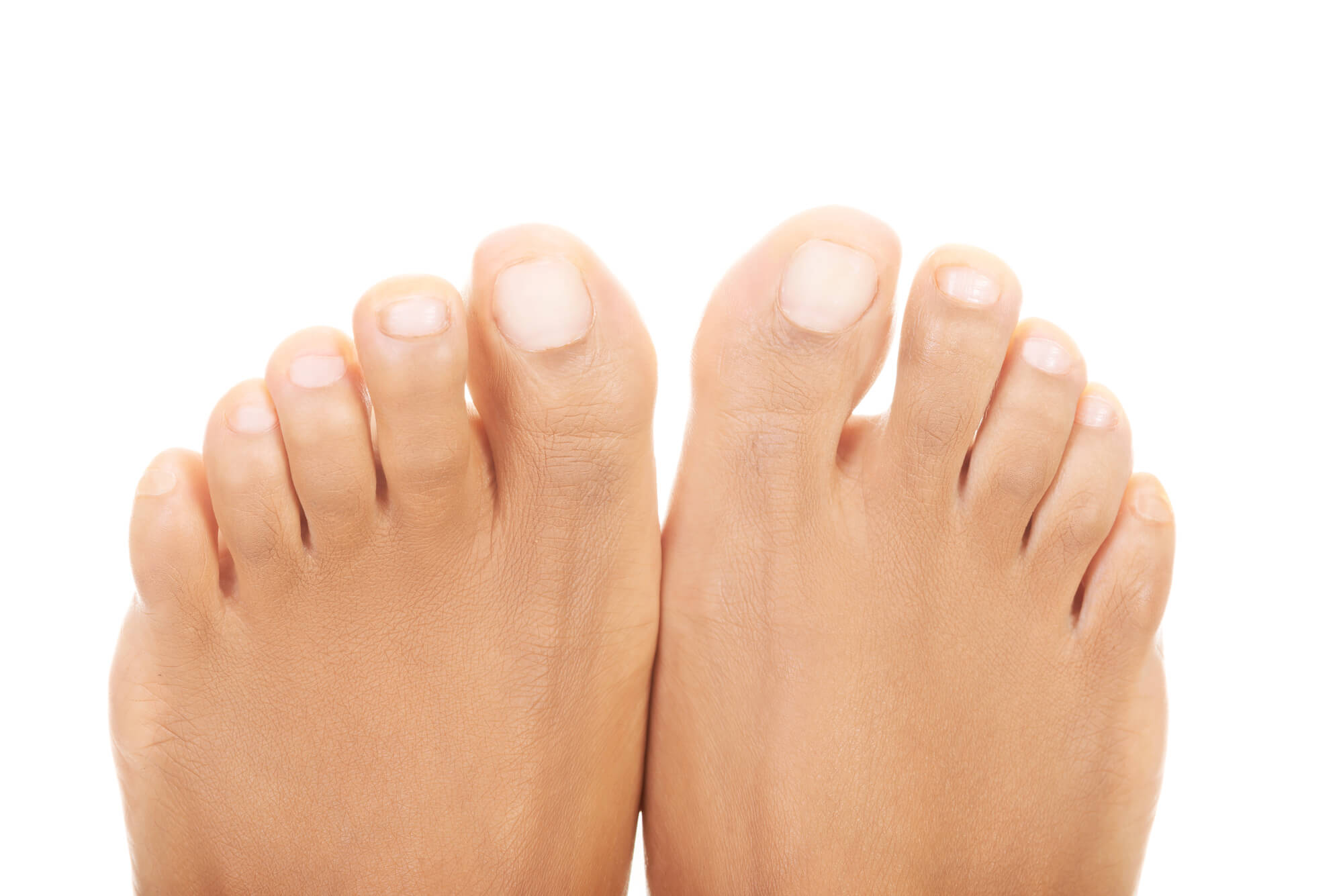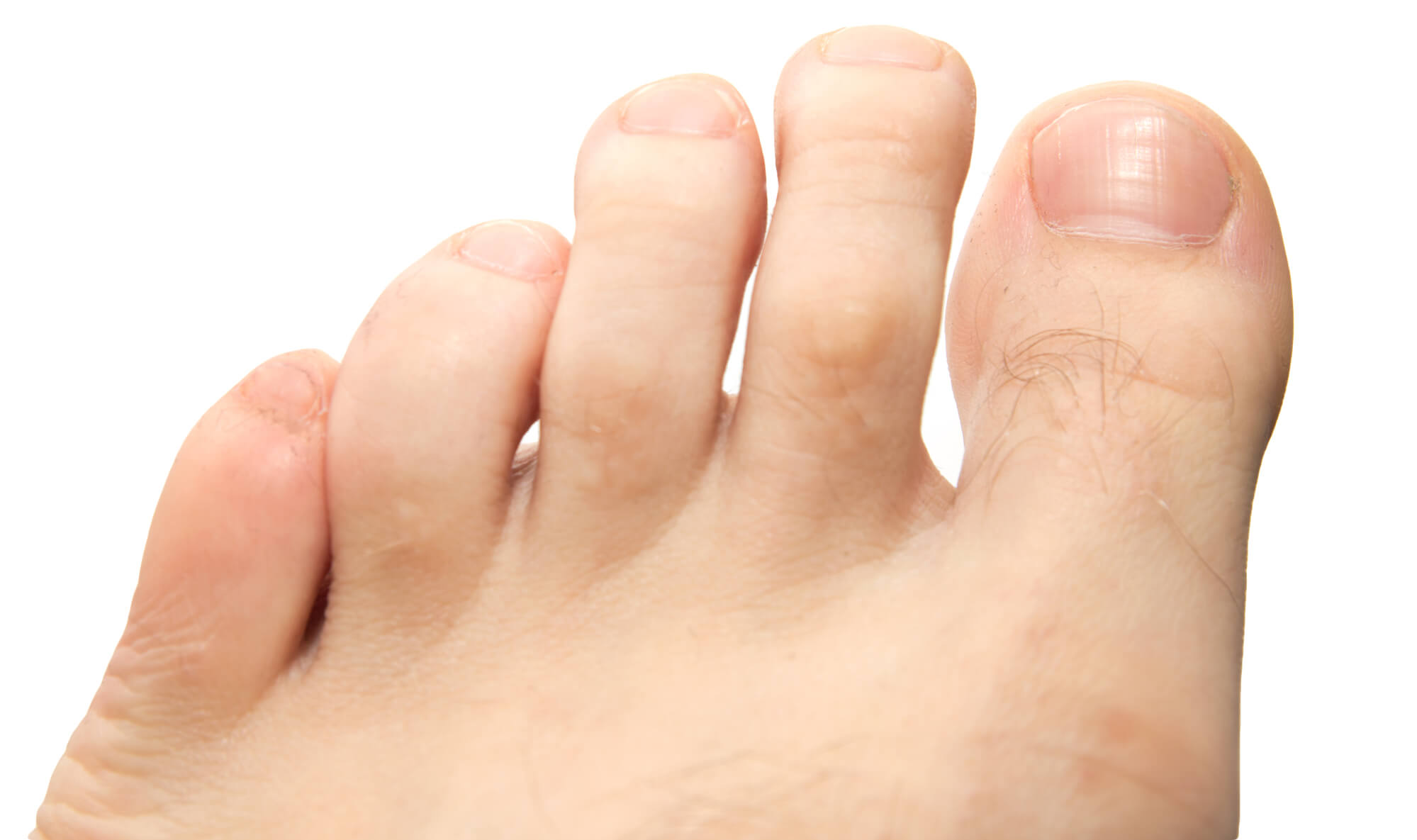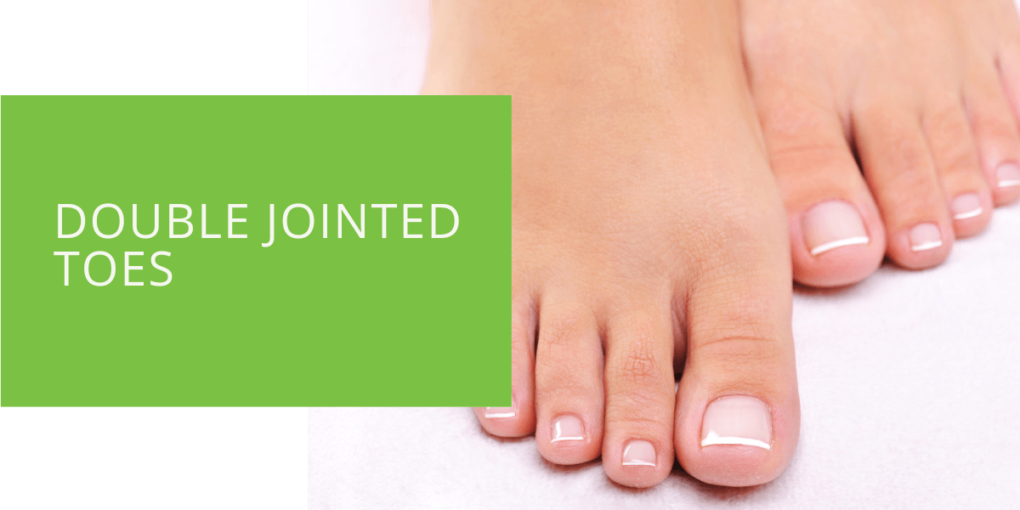Understanding Double Jointed Toes: A Guide to Joint Hypermobility
Joint hypermobility is characterized by joints that can move beyond the normal range of motion. While it may seem innocuous, it can lead to various complications, particularly in the feet. In this comprehensive guide, we'll delve into the intricacies of joint hypermobility, focusing on double-jointed toes, their symptoms, causes, and effective management strategies. Understanding this condition is crucial for optimal foot health, whether you're experiencing discomfort or seeking preventive measures.
Key Takeaways
- Joint hypermobility syndrome (JHS) can affect the toes, leading to symptoms such as excessive flexibility, discomfort, and difficulty finding appropriate footwear.
- Podiatrists play a crucial role in diagnosing and managing joint hypermobility in the toes through personalized treatment plans, including orthotics and biomechanical assessments.
- Lifestyle modifications, such as wearing supportive footwear and practicing proper body mechanics, can help alleviate symptoms and improve overall foot health for individuals with double-jointed toes.
What is Joint Hypermobility?
Explaining Joint Hypermobility Syndrome
Joint hypermobility syndrome (JHS) is a connective tissue disorder characterized by the ability of joints to move beyond the normal range. Connective tissue provides support and structure to joints, but in individuals with JHS, it is more elastic than usual, leading to increased flexibility. This condition can affect various body parts, including the toes, and is often associated with symptoms such as joint pain, instability, and frequent dislocations.
Double Jointed Toes: An Overview
Recognizing Symptoms of Joint Hypermobility in Toes
Double-jointed toes, also known as hypermobile toes, are common manifestations of joint hypermobility in the feet. Individuals with double-jointed toes may notice that their toe joints can bend backward or sideways beyond normal. This excessive flexibility can lead to difficulty finding comfortable footwear and may result in chronic foot pain or discomfort, especially during weight-bearing activities.
Causes of Joint Hypermobility in Toes
Joint hypermobility in toes can be attributed to various factors, including genetic predisposition, lax ligaments, and muscle weakness. Genetic factors are significant in joint hypermobility, as it often runs in families. Additionally, lax ligaments and connective tissues surrounding the toes contribute to increased flexibility, while muscle weakness can exacerbate joint instability. Conditions such as Ehlers-Danlos syndrome, which affects collagen production, may also be associated with joint hypermobility in the toes.

The Role of a Podiatrist in Managing Joint Hypermobility
Importance of Podiatric Intervention for Double-Jointed Toes
Seeking the expertise of a podiatrist is crucial for effectively managing joint hypermobility in the toes. Podiatrists specialize in diagnosing and treating foot conditions related to joint hypermobility. They can conduct thorough evaluations to assess foot mechanics, identify abnormalities, and develop personalized treatment plans tailored to individual needs. By addressing symptoms and improving foot function, podiatrists play a vital role in enhancing patients' overall quality of life with double-jointed toes.
Assessing Posture and Gait in Relation to Joint Hypermobility
Podiatrists evaluate posture and gait mechanics to identify biomechanical abnormalities associated with joint hypermobility. Abnormalities in posture and gait can contribute to increased joint stress, exacerbating symptoms and discomfort by assessing how the body moves and functions during walking and other activities, podiatrists can pinpoint areas of instability and recommend interventions such as orthotics to improve alignment and reduce joint strain.
Treatment Options for Joint Hypermobility
Utilizing Orthotics for Support and Alignment
Orthotic devices, such as custom-made shoe inserts, effectively manage joint hypermobility in the toes. Orthotics provide support and stability to the feet, helping to distribute pressure evenly and improve alignment. By reducing excessive motion in the toe joints, orthotics can alleviate pain and discomfort associated with double-jointed toes, allowing individuals to engage in daily activities with greater ease and comfort.
Understanding Collagen and its Implications for Joint Health
Collagen is a key protein that provides structure and support to ligaments, tendons, and other connective tissues in the body. In individuals with joint hypermobility, collagen production or structure abnormalities may contribute to ligament laxity and joint instability. Understanding the role of collagen in joint health can inform treatment approaches aimed at improving tissue integrity and function, thereby reducing the risk of injuries and complications associated with joint hypermobility.

Managing Joint Hypermobility in Daily Life
Practical Tips for Alleviating Discomfort
- Choose supportive footwear: Opt for shoes with adequate arch support and cushioning to reduce stress on the toe joints.
- Strengthen foot muscles: Perform exercises targeting the muscles surrounding the toes to improve stability and prevent injuries.
- Practice proper body mechanics: Maintain good posture and avoid activities that exacerbate joint hypermobility, such as excessive stretching or overuse. Engaging in activities that promote overall foot health, such as regular stretching and strengthening exercises, can help alleviate discomfort and improve joint stability over time.
Long-term Strategies for Joint Hypermobility Management
- Consistent monitoring: Regular follow-ups with a podiatrist are essential to track progress and adjust treatment plans as needed.
- Lifestyle modifications: Adopting healthy lifestyle habits, such as maintaining a balanced diet and staying active, can support overall joint health and reduce the risk of complications. Lifestyle modifications, such as maintaining a healthy weight and avoiding high-impact activities that may exacerbate joint hypermobility, can play a significant role in managing symptoms and preventing long-term complications. Individuals with double-jointed toes can effectively manage their condition and lead active, fulfilling lives by making proactive choices and seeking appropriate medical care.
Conclusion
Joint hypermobility, particularly in the toes, can impact daily function and quality of life. At ePodiatrists, we specialize in diagnosing and treating foot conditions, including those related to joint hypermobility. Our experienced team is dedicated to providing comprehensive care to our patients, helping them move beyond joint hypermobility and achieve optimal foot health. Whether you're experiencing discomfort or seeking preventive measures, we're here to support you every step of the way. Schedule an appointment today to take the first step towards relief and improved quality of life.

